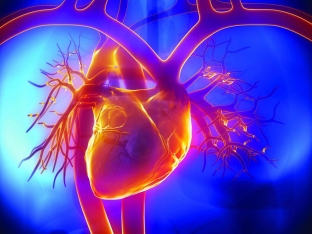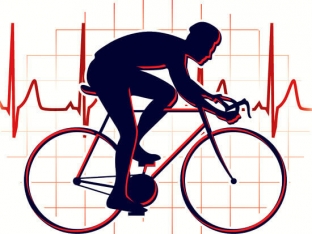Practically all cardiologists tend to argue that people with cardiovascular disease simply need to exercise. The only thing you need to pay attention to is that they do not harm the general condition, and were individually selected taking into account the characteristics of heart diseases. What kind of training is possible with such diseases? What to look for when choosing a load? Are there any contraindications for exercise? What intensity of training will be optimal?
What is the effect of additional physical activity?
If you start exercising, you can significantly improve your quality of life, having a history of heart disease:
- The physiological functions of the body improve (if you have had a stroke, physical activity will help you restore the basic functions of the body);
- The symptoms of existing diseases are reduced (with regular exercise, the symptoms of angina pectoris decrease, the signs of shortness of breath decrease, the manifestations of lameness due to peripheral vascular diseases are removed);
- Life expectancy increases (the risk of death from a heart attack increases by 25% if you led a sedentary lifestyle before the disease);
- General improvement in fitness (if you exercise consistently, you will have more strength and ability to perform daily activities. Weight loading and appropriate medical support can tone the entire cardiovascular system. But as soon as you stop training, these improvements are lost .)
- Regular training leads to stable positive changes during the recovery period after a heart attack. Depressive states pass, the feeling of anxiety and inferiority disappears. This is not an unimportant factor in the psychological rehabilitation after a serious illness.

Contraindications for training
In any case, before starting intensive training with existing heart disease, you need to consult a specialist who will help determine the degree of load. However, training is contraindicated if you have:
- Severe aortic stenosis;
- Ventricular arrhythmia;
- Uncontrolled heart failure;
- Thrombophlebitis in the acute stage;
- Pericarditis and myocarditis;
- Sinus tachycardia with a pulse over 120 beats. min.;
- Recent embolism;
- Exacerbation of severe orthopedic diseases that impede freedom of movement;
- Uncontrolled diabetes mellitus, etc.
The right approach to training for people with heart disease
If you decide to train despite your illnesses, you are on the right track. However, in order not to harm the body, there are several nuances that must be taken into account:
- It is better to increase physical activity under the supervision of a doctor;
- Only a specialist will give you recommendations on the choice of the type of training, frequency, duration and intensity of exercise;
- One of the most effective types of exercise can be called aerobic training (walking, exercise bike and elliptical trainer). You need to train to get the first positive results 3 days a week, for a period of 12 weeks; Some experts advise exercising 30 minutes a day, as many days a week as possible, and eventually moving to a daily load;
- You can do aerobic exercise at one time, can be divided into three sets of 10 minutes.
- To check the intensity of the loads, conduct a test. If during a workout your breathing gets so bad that you can’t speak calmly, then the load should be reduced.
- If you find it difficult to jump straight into training, try to just start with 10-15 minutes of walking. It's simple and safe.

Whatever your physical and moral condition, if there are no contraindications to classes, be sure to start taking a small step every day towards a fulfilling life. Over time, you yourself will feel how your moral and physical health comes into a state of harmony. Don't get sick with estet-portal.com






Add a comment